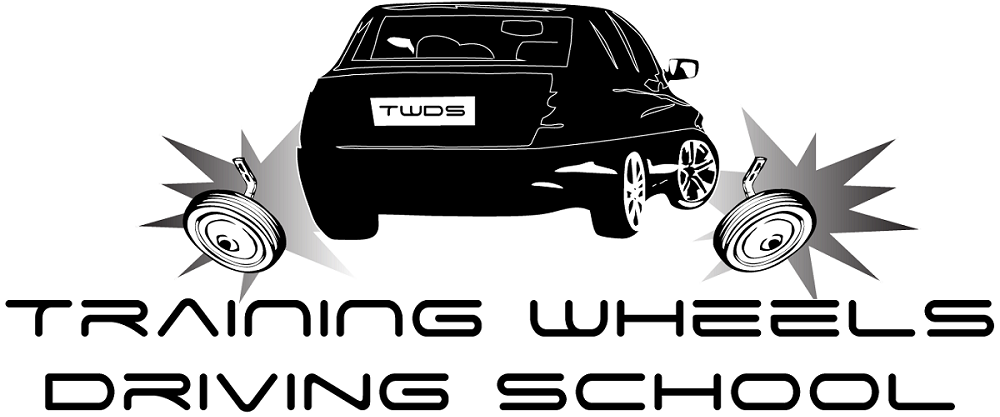For drivers who find themselves in need of a new mechanic, possibly because the old one moved away or retired, finding one you can hopefully trust is easier said than done. Most car owners know the basics of car maintenance but not much beyond that, leaving them with a considerable inability to tell if their prospective mechanic is competent or not. In this type of uncertain situation, drivers could, in a worst-case scenario, end up signing their service agreement and shackled with a $1,000 bill over something as simple as a timing belt replacement.
Whether it’s because a mechanic is incompetent or duplicitous, no one ever wants to live the worst-case scenario. Luckily, people don’t need to be auto experts to prevent a mechanic fleecing them—they can protect themselves through research, planning, and a mindset that questions everything.
Choosing Your Repair Shop
When trying to find a new place to take your car, there are a few things you can do to help your search:
- Get recommendations from neighbors, friends, family, or even local organizations or motor clubs like AAA.
- Inspect the facilities for shops you’re considering—are they organized and clean? Does the staff answer questions? Are there trade diplomas or Automotive Service Excellence (ASE) certifications on the wall?
- Remain wary of dealerships, as many don’t base charges on actual time but estimated time, meaning if the mechanic estimated a service would take six hours but only took 90 minutes, the dealership might charge for the full six hours. However, dealership mechanics are certified, and they do sometimes offer free loaners.
- Chain stores, such as Sears, occasionally have great warranties or guarantees in writing and are worth checking out.
- Check Better Business Bureau for any complaints filed against prospective shops and how issues were resolved.
Responding to a Diagnosis
Rather than simple nodding your head and handing over your credit card, you can always respond to a mechanic’s diagnosis in more informed ways:
- If there’s time, get another opinion from a different shop, not only shedding light on the original diagnosis but also allowing you to compare prices.
- When signing a repair work order or estimate, inspect everything with a fine-toothed comb, without worrying about taking too long asking questions or reading fine print. Sign only when you understand each listed repair recommendation.
- Demand proof when mechanics recommend new replacement parts, first by inspecting the old part. Afterwards, ask to be shown the new part to verify it’s been installed, and if a shop declines, stating it’s against regulations, go somewhere else.
- If you leave the shop during repairs only to get a call from the mechanic in two hours about more work, do not approve it on the phone. Instead, return first to see hard proof of the issue—the delay is worth taming any fraud suspicions.
Helping Identify the Problem
When car owners bring their vehicles into a repair shop, it can help to be as specific as possible when describing a vehicle’s issue to pinpoint when and where the problem occurs. At the same time, try to avoid outright stating what you believe to be the cause of the problem, as some mechanics may follow your suggestions without correcting the car’s main problem. As well, if a problem only occurs while a vehicle is moving, it doesn’t hurt to take the mechanic for a ride in the vehicle to help diagnose the problem. It’s likely much easier for mechanics to analyze strange sounds firsthand rather than hearing about them secondhand from the customer.
Think you or someone you know is in need of Behind the Wheel Training? Training Wheels is a Pomona driving school specializing in teaching new teen drivers how to stay safe on the road. For more information on our lessons, please click here.
Copyright: phanuwatnandee / 123RF Stock Photo

